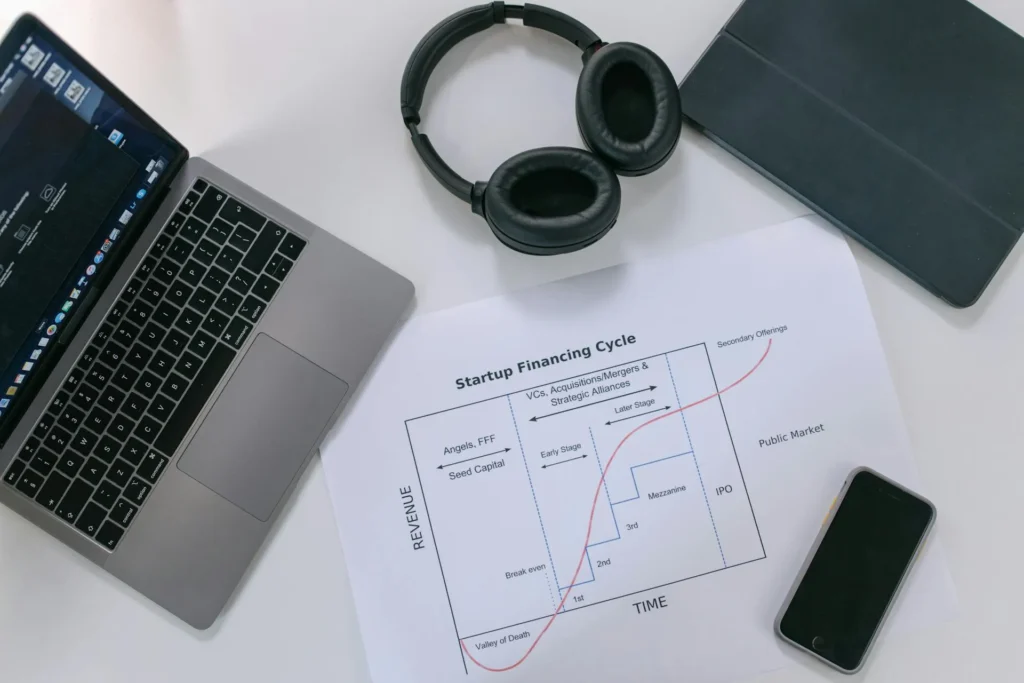Initial public offerings (IPOs) have always carried a special kind of excitement. They represent a company’s big debut on the public stage, and for investors, they offer the chance to get in early—sometimes on the next industry leader, sometimes on what turns out to be a short-lived bubble. In 2025, the IPO market is regaining momentum after a few quieter years, and that’s raising the old question once again: are IPOs more high risk or big reward?
The State of the IPO Market in 2025
Over the past few years, IPO activity has been uneven. After the boom of 2020–2021, when tech companies and SPACs flooded the market, interest cooled as inflation, rising rates, and volatile markets made investors more cautious. Many companies delayed their offerings, waiting for better conditions. In 2025, however, there are signs of life. We’ve seen filings from tech startups in artificial intelligence, biotech firms pursuing breakthroughs in personalized medicine, and consumer brands looking to scale with public capital.
This pickup doesn’t necessarily mean smooth sailing. Investors are now more skeptical, demanding clearer paths to profitability. Unlike in 2021, when “growth at all costs” was the pitch, today’s IPO hopefuls need to prove they can balance expansion with financial discipline. That shift changes the risk-reward profile for early investors.

Why IPOs Can Be High Risk
Investing in IPOs often means stepping into uncharted waters. A few key risks stand out:
- Unproven business models. Many IPO candidates are young firms without consistent profitability. They might have strong revenue growth, but losses can pile up, and there’s no guarantee they’ll scale efficiently.
- Hype-driven valuations. IPO pricing often reflects future hopes more than present reality. If demand from institutions and retail traders runs hot, shares can debut at inflated levels, leaving little upside for early buyers.
- Volatility. First-day pops grab headlines, but they often fade quickly. Lock-up expirations—when insiders can sell their shares months after the IPO—can also trigger sharp declines.
- Market sensitivity. Broader conditions matter. If sentiment shifts—say, interest rates rise again or geopolitical tensions flare—IPO stocks tend to be hit harder than mature companies.
These risks don’t mean IPOs aren’t worth exploring, but they highlight why careful selection and timing are critical.
The Potential for Big Rewards
On the other side of the coin, IPOs remain one of the few ways for everyday investors to catch a company early, before it fully matures in public markets. Historical examples—Amazon in the 1990s, Google in 2004, or even more recent standouts like Airbnb—show what’s possible when a great business enters public markets at the right time.
For investors willing to stomach volatility, IPOs can deliver:
- Exposure to innovative sectors. Biotech, clean energy, and AI-driven companies often choose IPOs to raise capital. Getting in early means participating in potential long-term growth stories.
- First-day opportunities. While risky, IPO debuts can produce significant short-term gains if demand far outstrips supply. Some traders specifically target these events for momentum plays.
- Undervalued niches. Not every IPO is a flashy tech unicorn. Smaller, niche companies in consumer goods or industrials sometimes list quietly at reasonable valuations, offering patient investors a chance to benefit as the market catches up.
Balancing Risk and Reward
For most investors, the best approach isn’t an all-or-nothing bet on IPOs. Instead, it’s about balance and selectivity. Here are a few strategies to manage the trade-off:
- Do the homework. Look beyond the headlines. Read the S-1 filing, assess revenue growth, profitability, customer base, and competitive positioning.
- Watch valuation metrics. Compare the IPO’s pricing to peers. If a company is valued far above similar firms, the margin of safety is thin.
- Think about time horizon. Are you aiming for a short-term trade on momentum, or do you want to hold for years if the business performs? Your horizon determines how much risk is tolerable.
- Size the bet appropriately. IPOs should rarely dominate a portfolio. A smaller allocation can capture upside without exposing you to outsized losses.
- Track lock-up periods and earnings reports. These events often reshape price action and can be more revealing of a company’s prospects than opening-day excitement.

What to Expect in the Coming Year
If 2025’s pipeline continues to build, investors can expect a mix: high-profile tech IPOs where valuations will be hotly debated, as well as more traditional companies in retail, healthcare, and industrials. Social media chatter and retail enthusiasm will still play a role, but unlike the meme-stock era, institutions are setting a higher bar. That may ultimately be healthy, leading to more sustainable debuts and fewer extreme boom-and-bust cycles.
Final Thoughts
IPOs sit at the crossroads of risk and reward. They can deliver extraordinary gains, but they can also test investors’ patience and resilience when hype fades. In 2025, the IPO landscape is shaped by a more cautious investor base, tighter scrutiny on fundamentals, and a market that rewards discipline. For those who do the research, size their exposure wisely, and keep expectations grounded, IPOs remain a compelling—if unpredictable—corner of the market.